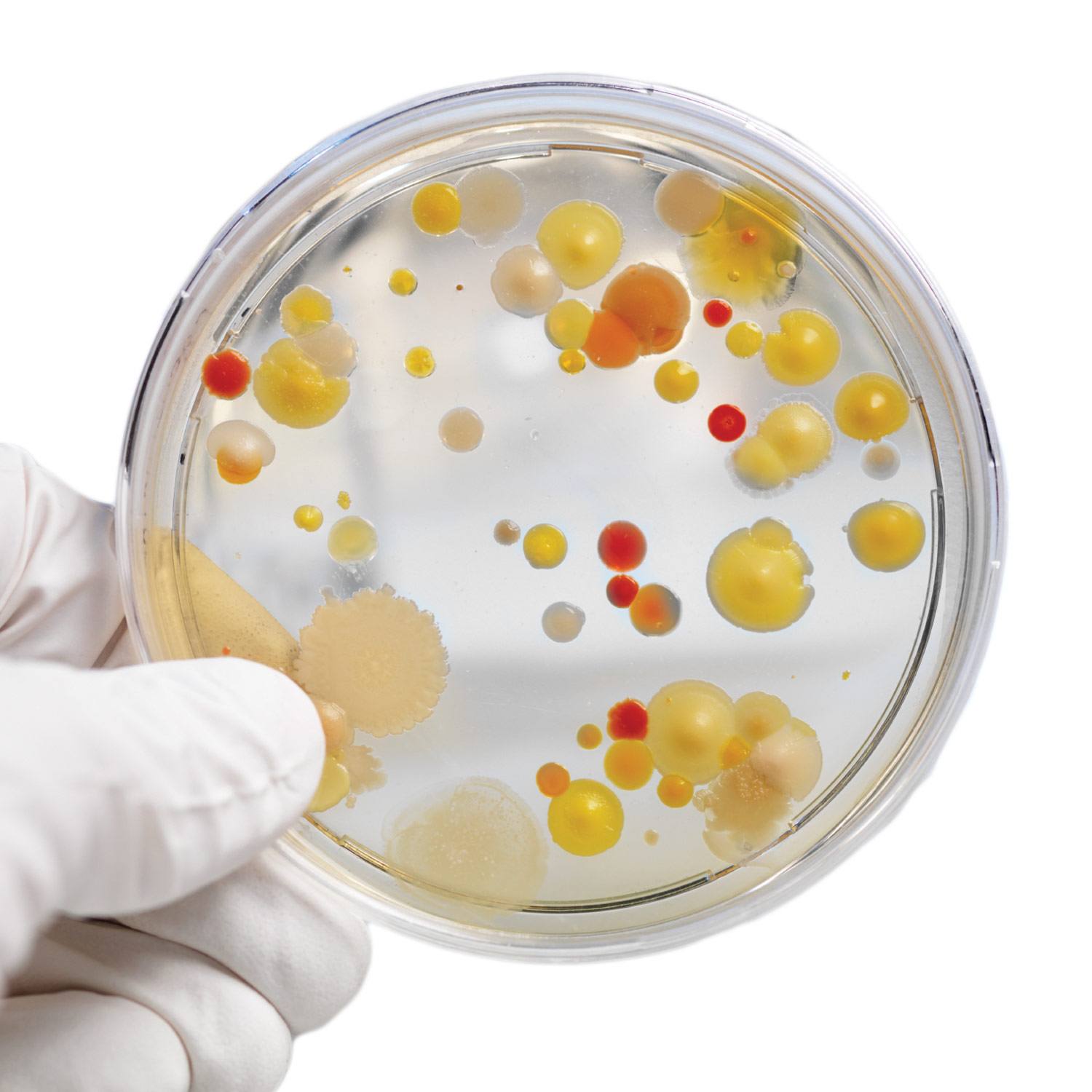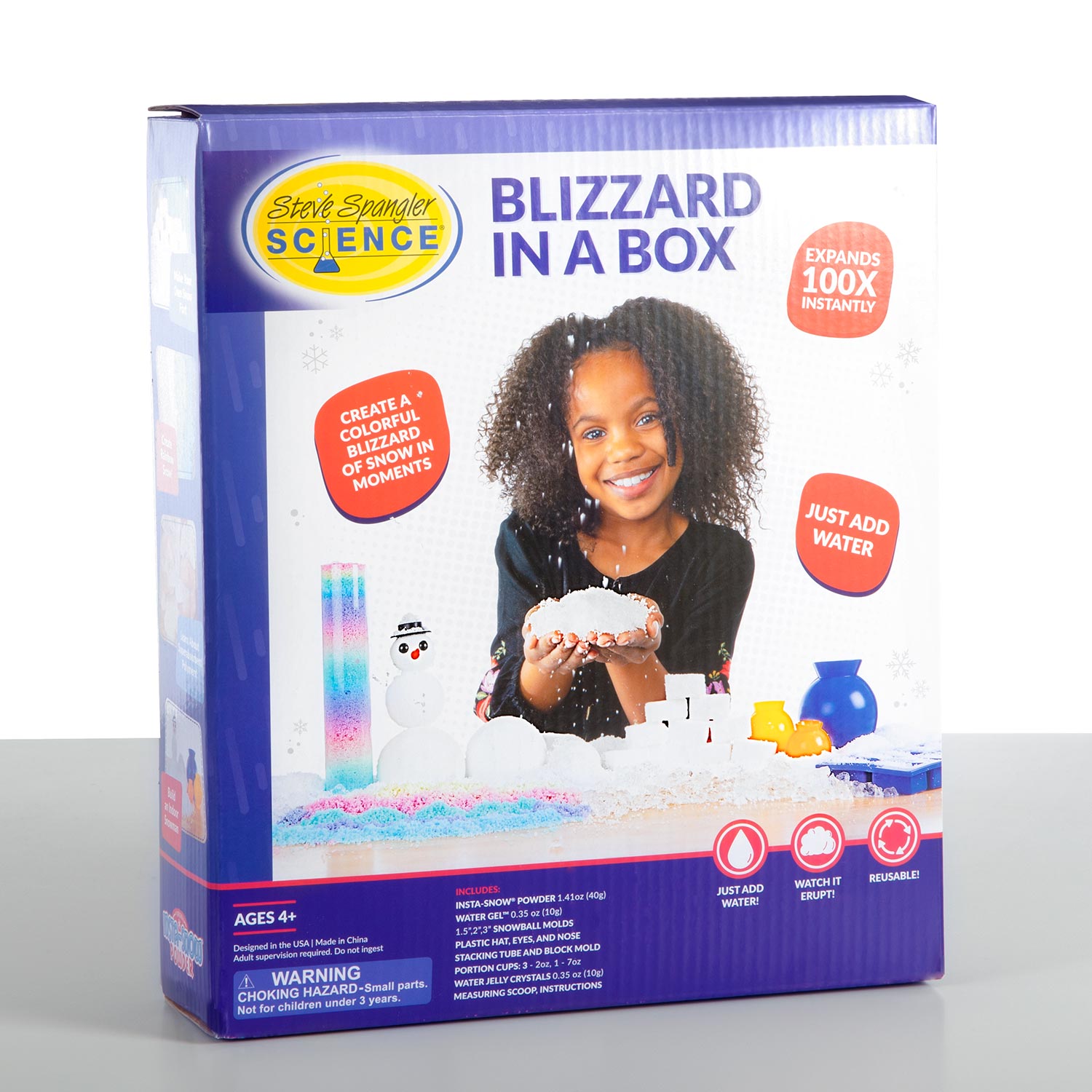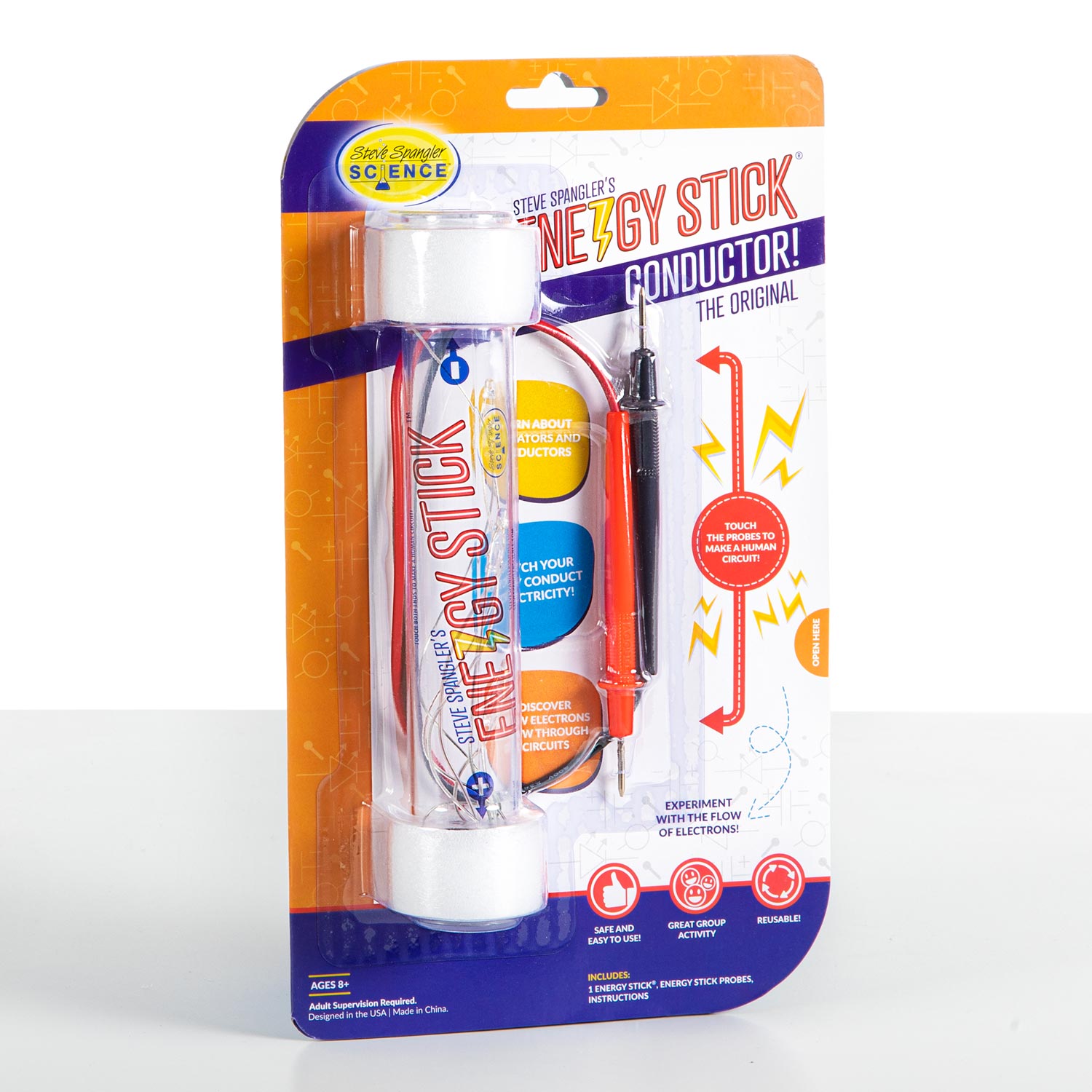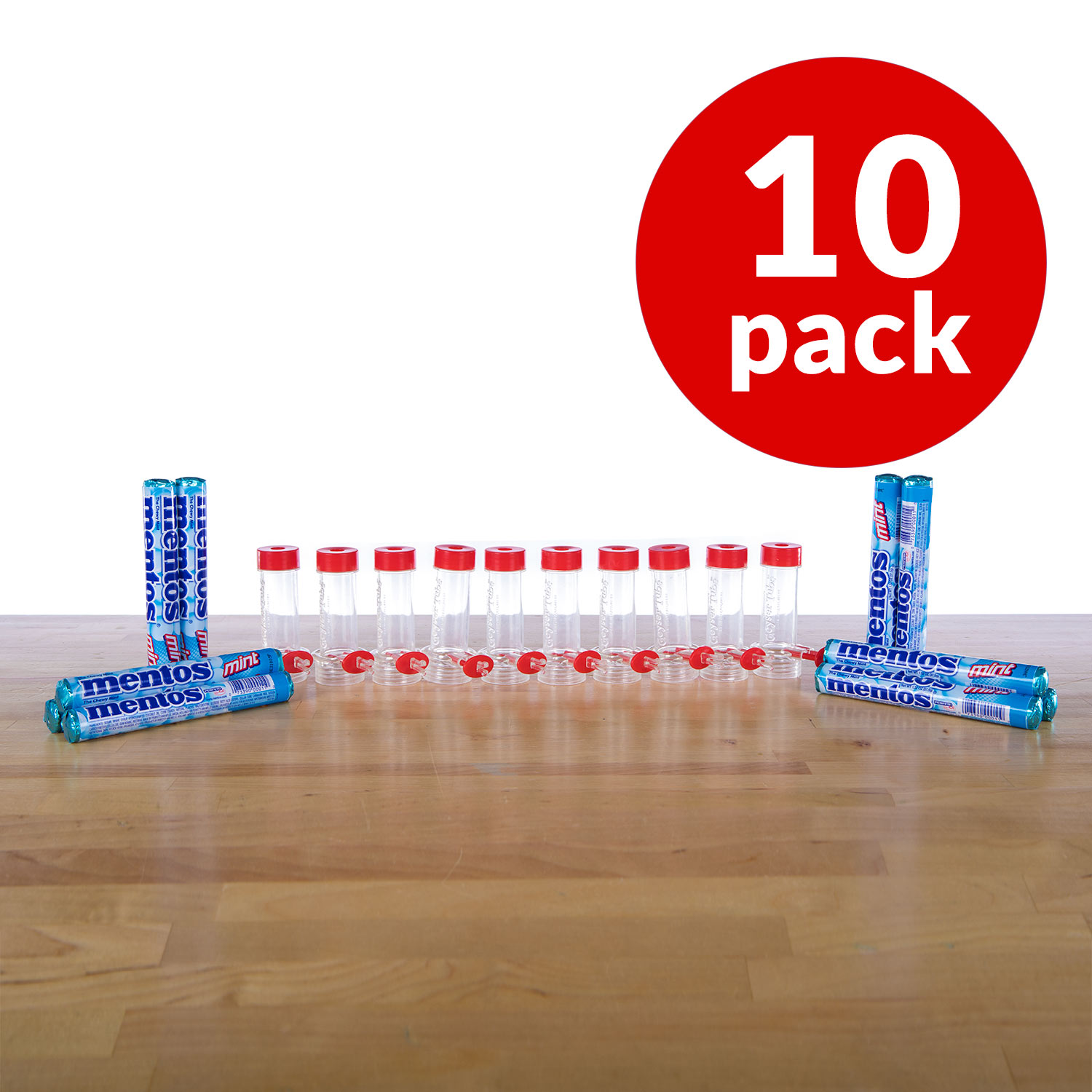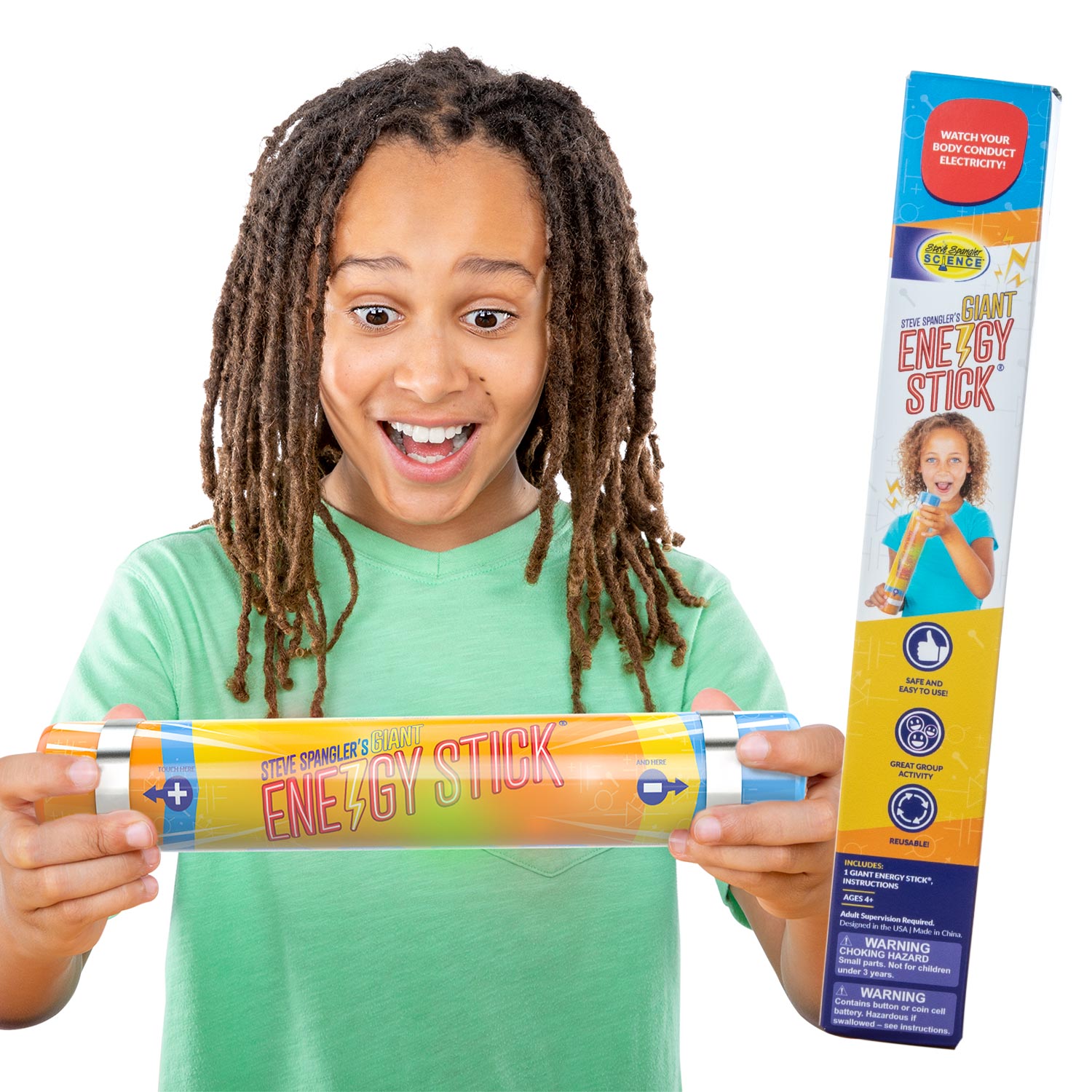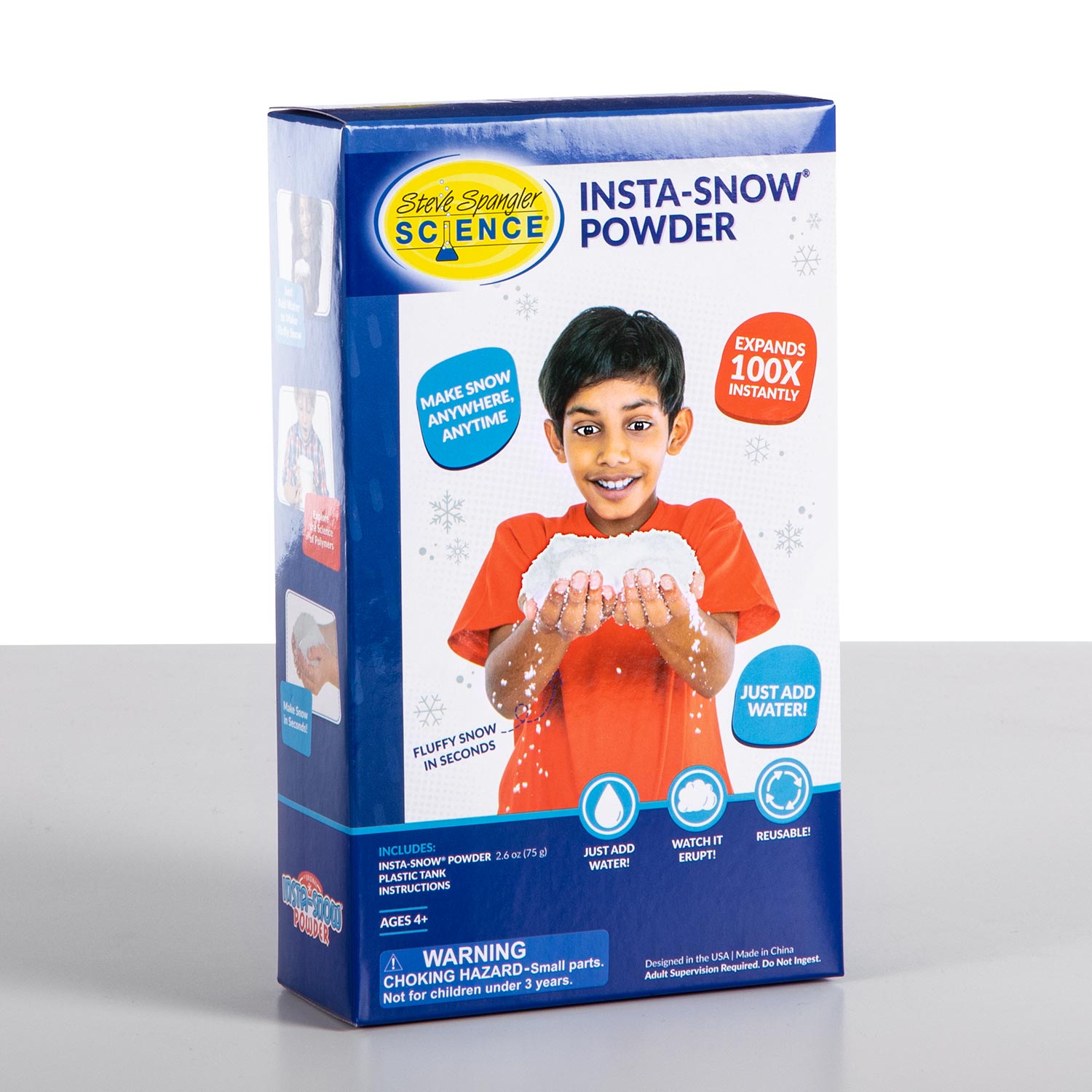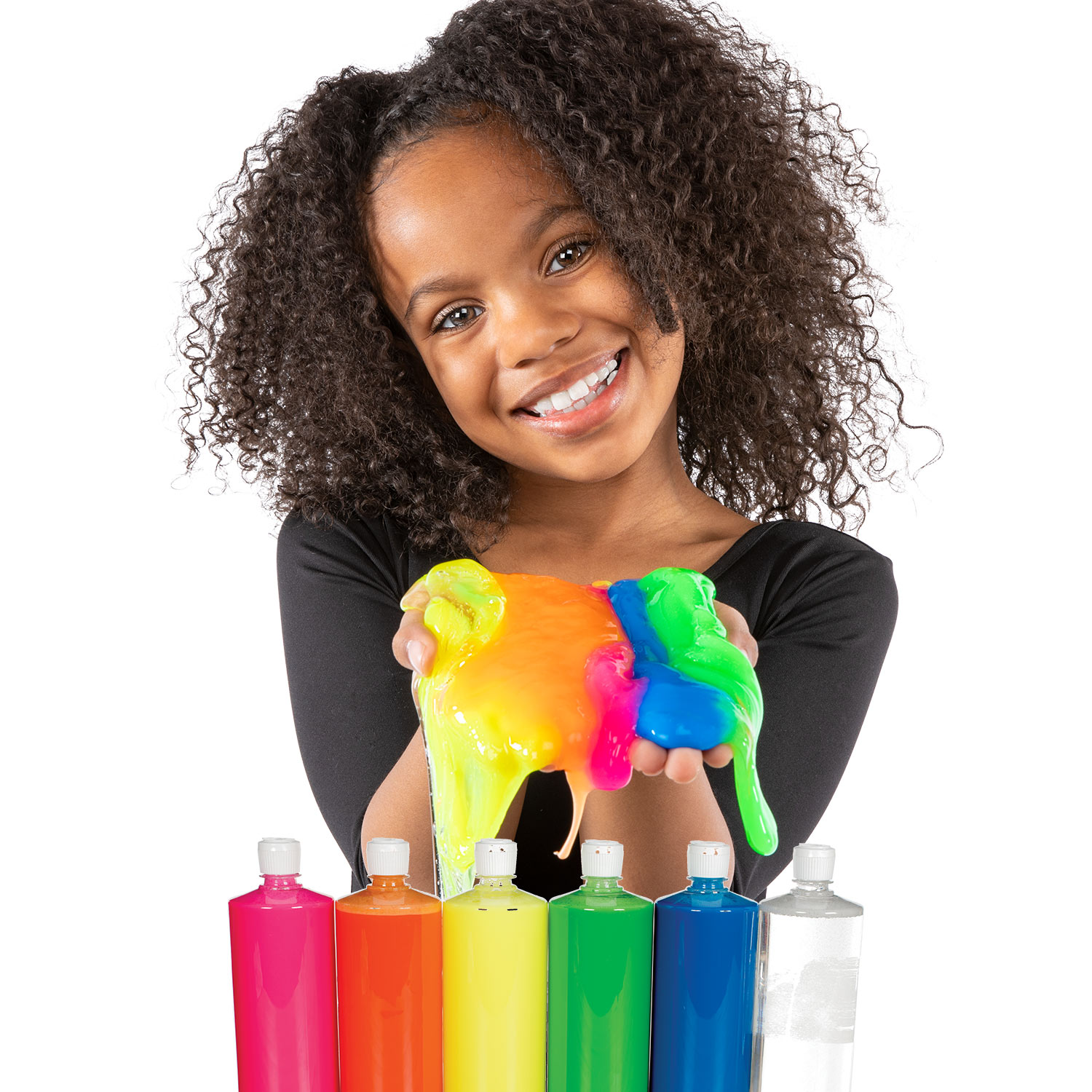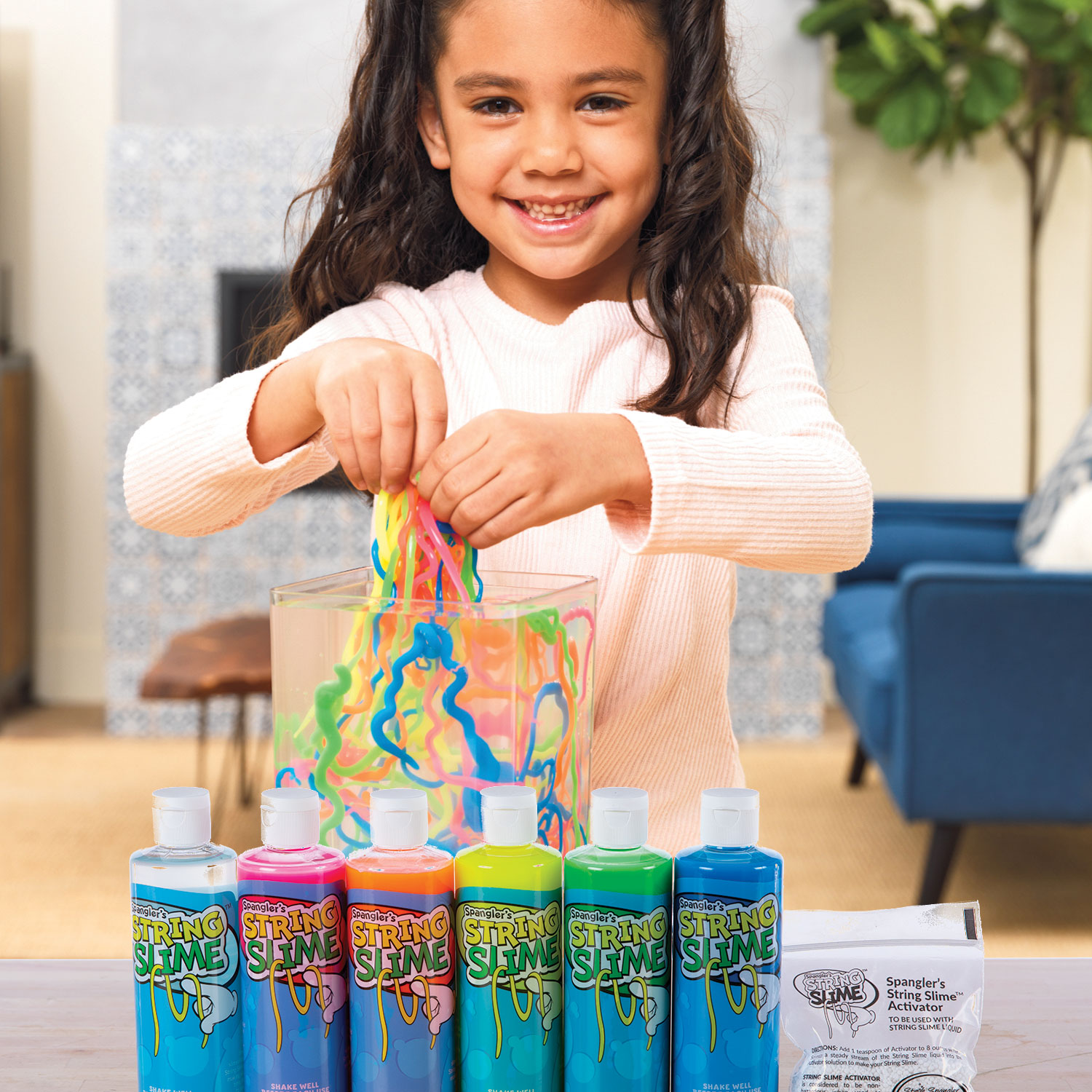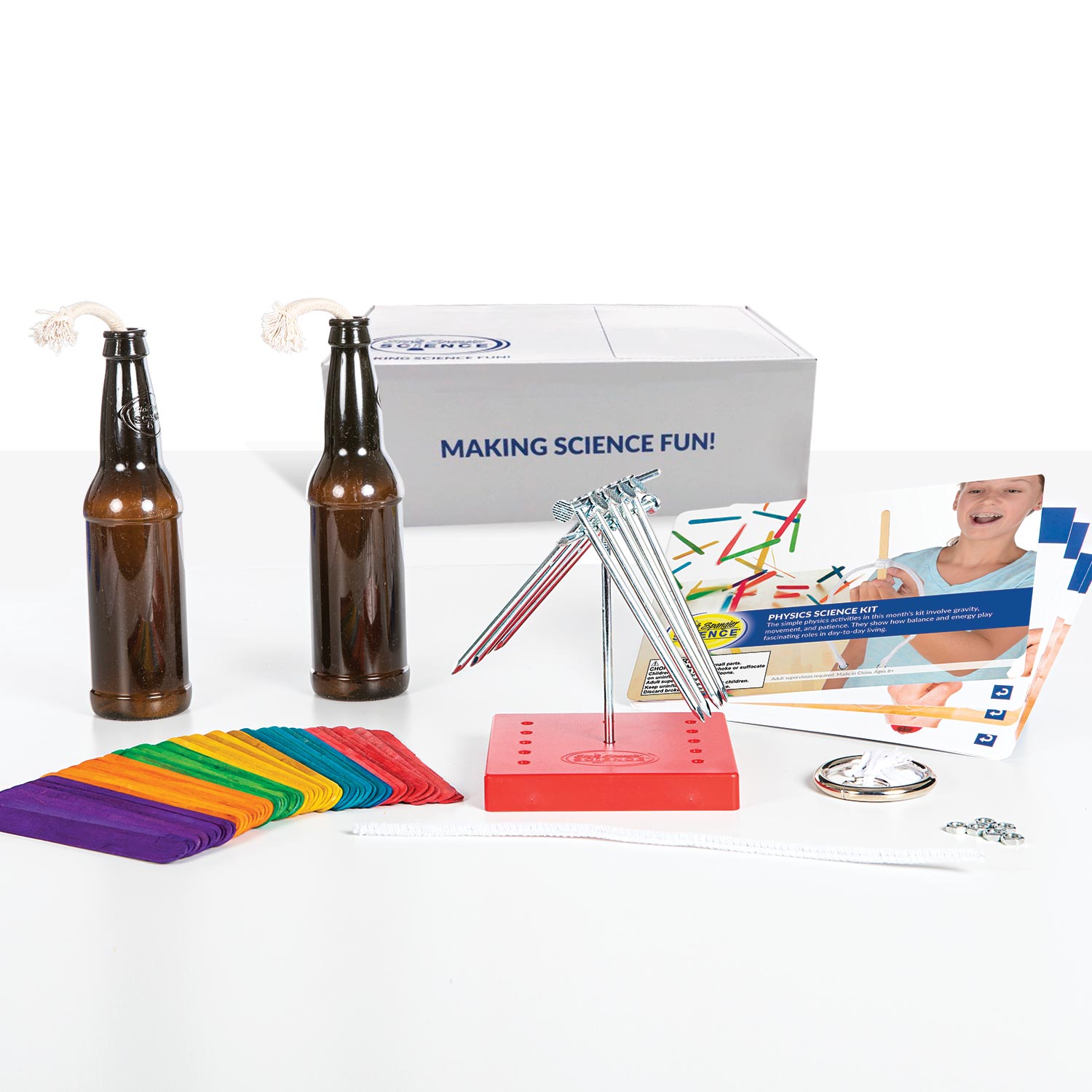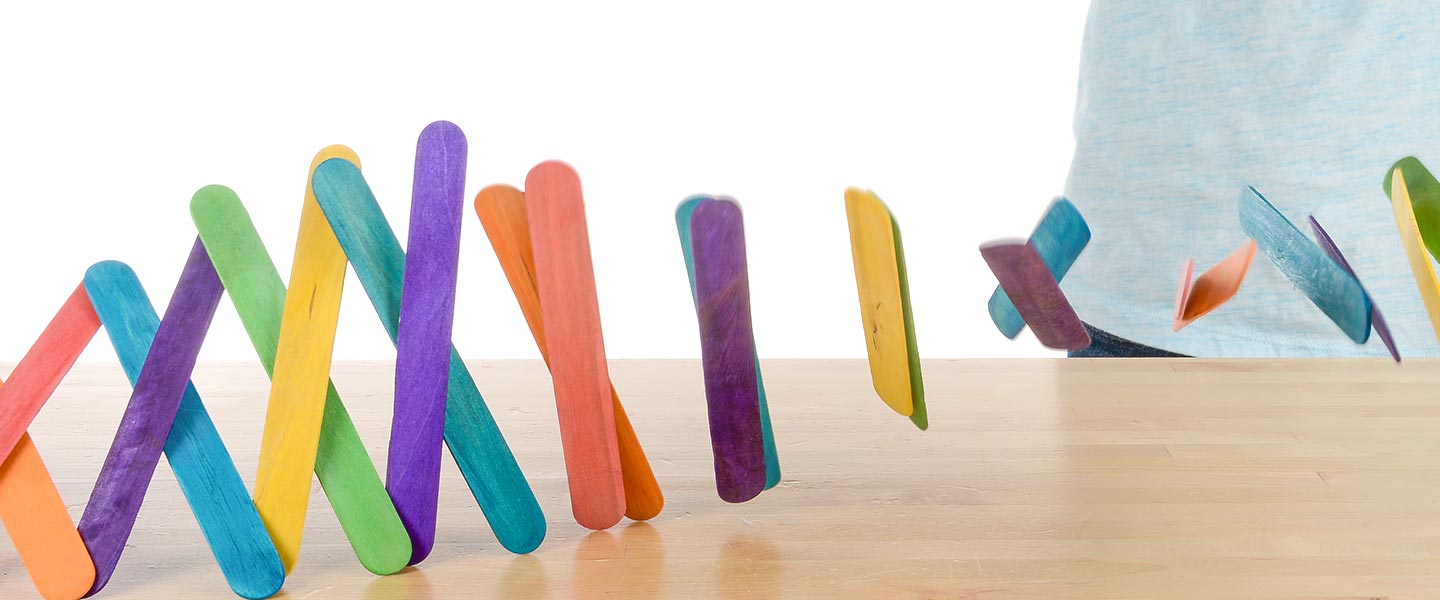
Popsicle Sticks Chain Reaction – Energy Experiment
Energy Science Experiment for Kids
Popsicle Stick Chain Reaction
Weave popsicle sticks together to build potential energy before releasing them in a flurry of kinetic energy. This exciting experiment can be enjoyed alone or conducted with a team.
Popsicle sticks are great for holding frozen treats, but did you know they’re also excellent for demonstrating potential and kinetic energy? If you weave popsicle sticks together in just the right way, you can create a dazzling chain reaction of flying popsicle sticks. It sounds complicated, but the Popsicle Stick Chain Reaction experiment is a super easy and fun way for young scientists to see potential energy transform into kinetic energy before their eyes.
SICK Science® is a registered trademark of Steve Spangler, Inc. All Rights Reserved.
Experiment Materials
- Lots and lots (did we mention lots?) of popsicle sticks
- Tons of patience
- A friend (optional, but can make the process much easier)
Experiment Videos
Experiment
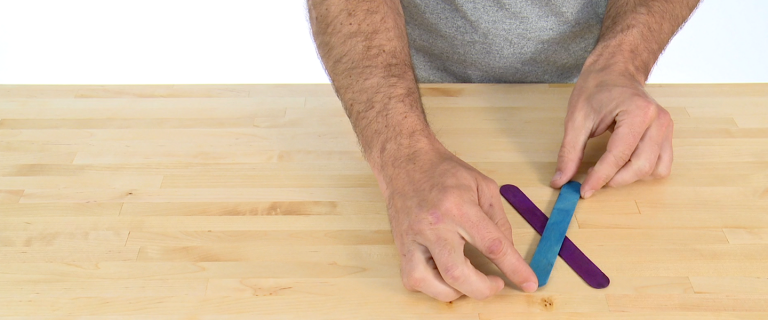
1
Begin with any two popsicle sticks. Lay them in an X shape on a hard, flat surface that has a lot of working room. Tables and countertops are best, but make sure they’re clear before you begin. You can graduate to the floor later for bigger reactions.
NOTE: You can buy popsicle sticks at any craft store or you can order the Physics Science Kit from Steve Spangler Science, which includes colored popsicle sticks.
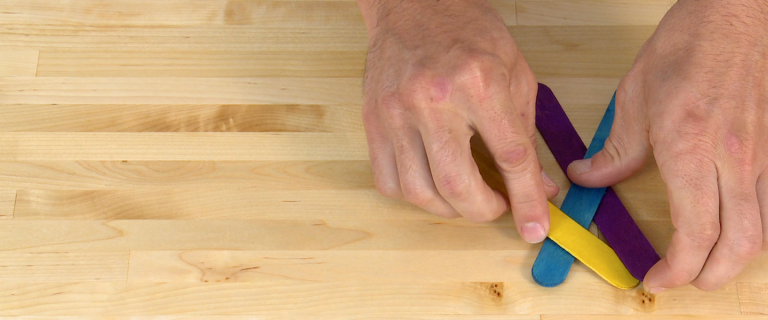
2
Place one end of a third popsicle stick below one end of the stick on the bottom of the X and then over the stick on top of the X. Make sure to keep pressure on the center of the X as you work. You can do this by having a partner press down on the center of the X or you can use a clamp if you’re working alone.
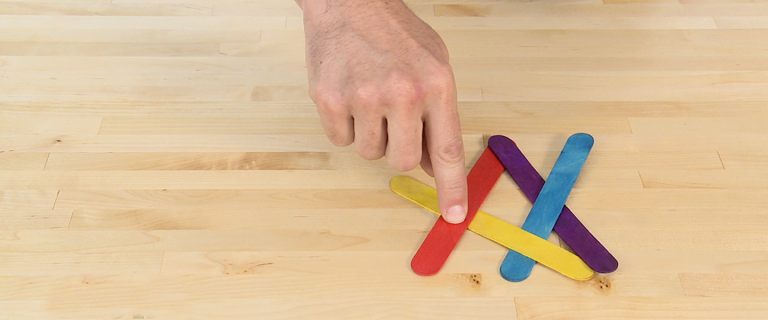
3
Repeat Step 2 with a fourth popsicle stick, but place it under the open end of the bottom stick and over the third stick. The second and the fourth popsicle stick should be parallel to each other. Potential energy is building already and you can probably feel it. Keep that pressure applied. The first X is now locked in place unless your helper or clamp lets go.
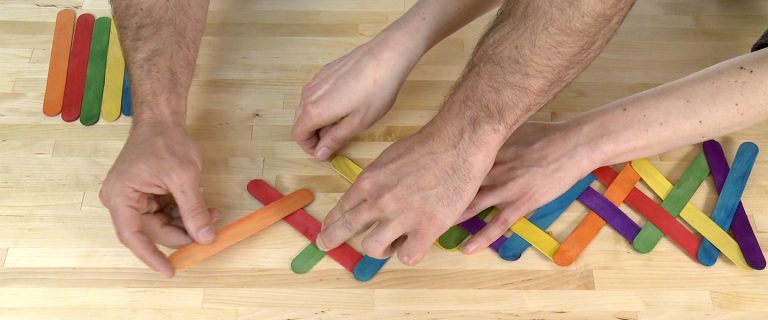
4
Continue adding popsicle sticks in this fashion until you have about 10 to 15 arranged in a chain on your surface. Remember that it’s a simple over-and-under design that holds it all together, building energy. This pattern is necessary for the experiment to work. Take your time and to build up the popsicle stick tension for the best reaction.
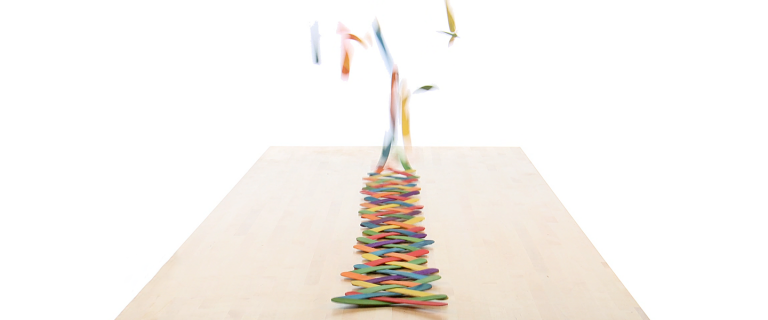
5
Once the chain is as long as you’d like it to be, let go of the clamped end. The popsicle sticks will explode down the line in a colorful chain reaction.
How Does It Work
How It Works
The key to the popsicle stick chain reaction comes from potential, or stored, energy built through weaving and the kinetic, or moving, energy in the release. As you weave the popsicle sticks together, you’re gradually building potential energy in the popsicle sticks. The twisting and bending of popsicle sticks creates lots of potential energy in the wood fibers because it’s not a normal, relaxed position for the stick to be in. The popsicle sticks want to return to a natural position and release the added energy, but they can’t because they’re being clamped down. When you let go, all of the potential energy is quickly converted down the line in a chain reaction of kinetic energy.
Take It Further
Take It Further
Now that you have mastered the method of building potential energy,, it’s time to see just how long of a chain you can build. Keep practicing this experiment. As your skills improve, move your popsicle stick chain to the floor so you can builder longer, more impressive chains. How long of a chain can you build? Could you build a chain that spans the entire length of your kitchen or classroom? Give it a try. Work in teams and see which team can build the longest chain in a set amount of time.



